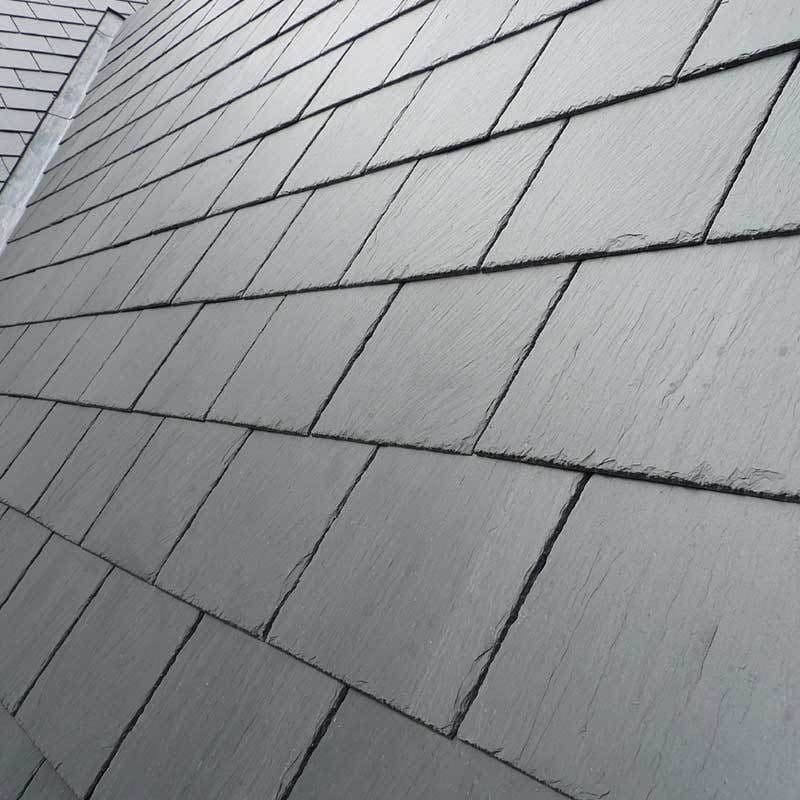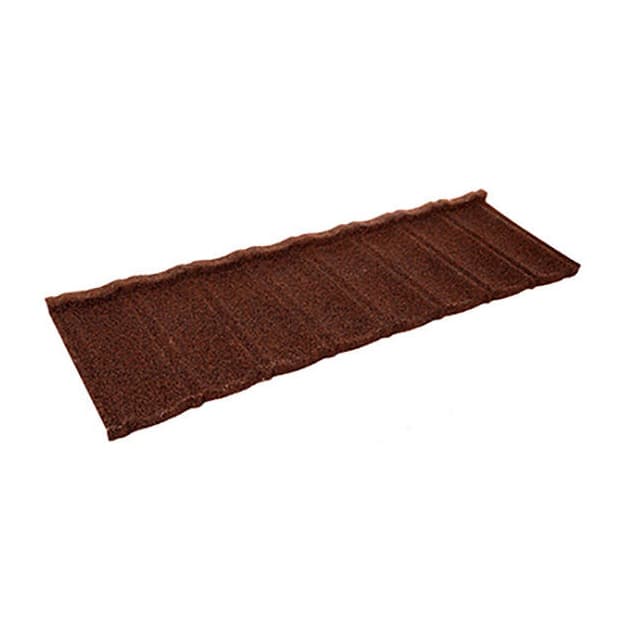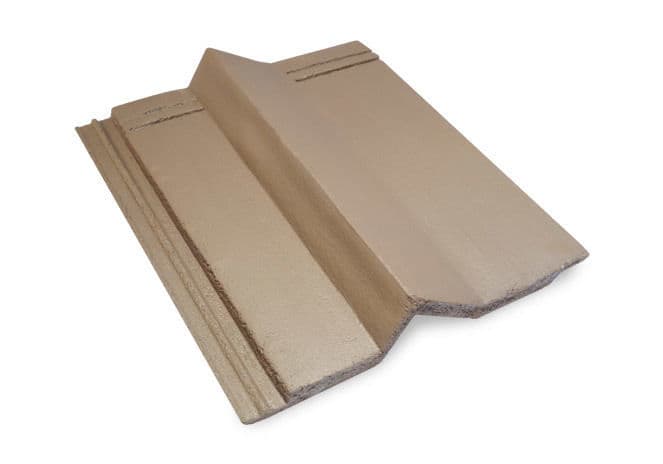Man-made slate tiles (or artificial slate roof tiles) present a cheaper alternative to natural slate. Fibre cement tiles, for example, combine the benefit of modern slate technology with the look of natural slate. Fibre cement is formulated with a mix of cement, silica and fillers, together with a blend of cellulose and synthetic fibres. They have the benefit of being durable, reusable and lightweight, which reduces roof loading.
The main drawback of synthetic roof tiles is that during production they are not very eco-friendly. Creating the tiles is an energy-intensive process which can lead to high levels of CO2 and other emissions. The synthetic polymers are also not biodegradable and are non-recyclable. While they do present a cheaper alternative to natural slate, man-made slate tiles have a less authentic appearance and may not last as long as a real slate roof.
EPDM rubber/plastic roof tiles are becoming increasingly popular, mainly thanks to their eco-friendly credentials. Designed to give a traditional slate appearance, rubber slate tiles offer high performance and have all of the characteristics you can expect from a traditional slate tile. They are long-lasting, fire-resistant, environmentally friendly and extremely energy efficient.
Rubber roofing systems need to be installed by a professional who has experience working with rubber and flat roofs. While EPDM rubber roofing is durable, colours can fade and damage can occur. It is, however, usually relatively easy to fix and can be avoided when opting for a slightly thicker membrane.
Benefits:
- Long-lasting
- Fire-resistant
- Energy-efficient
- Lightweight which reduces roof loading
- Rubber roof tiles are environmentally friendly





